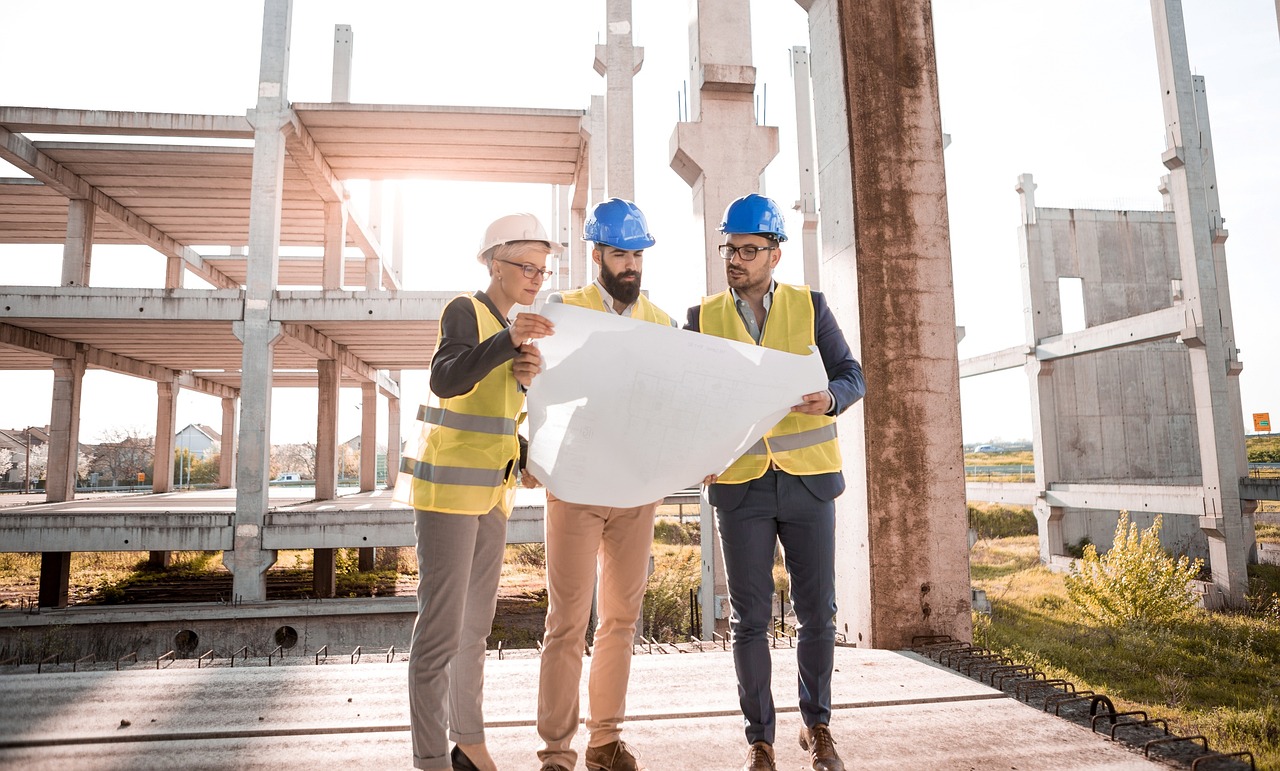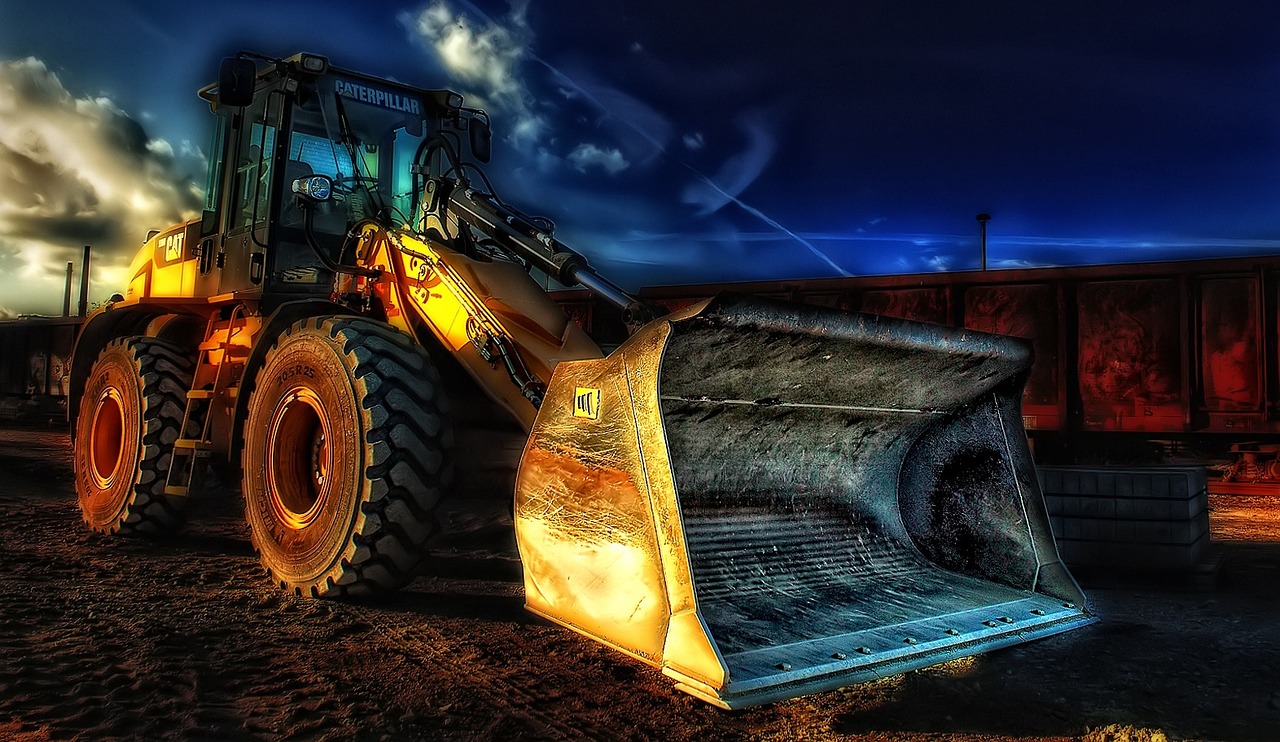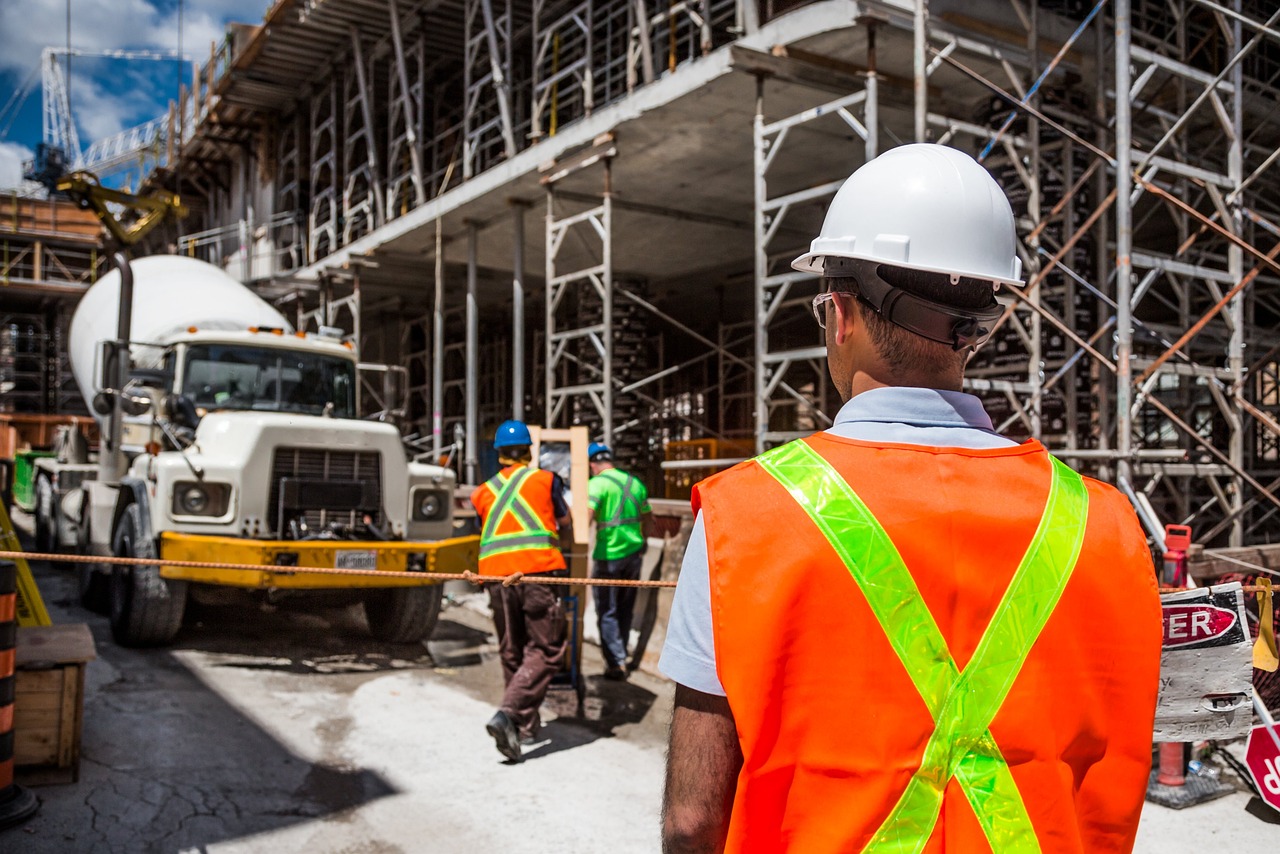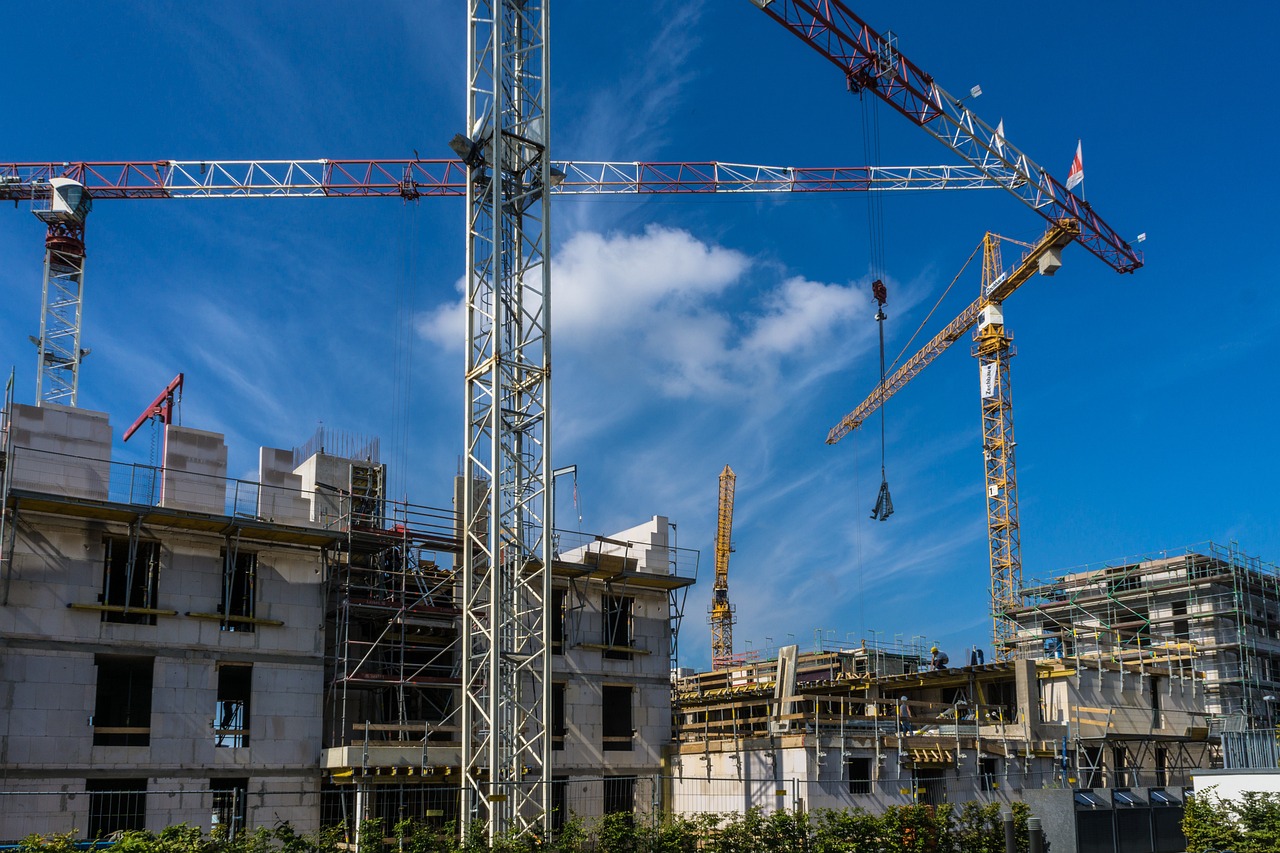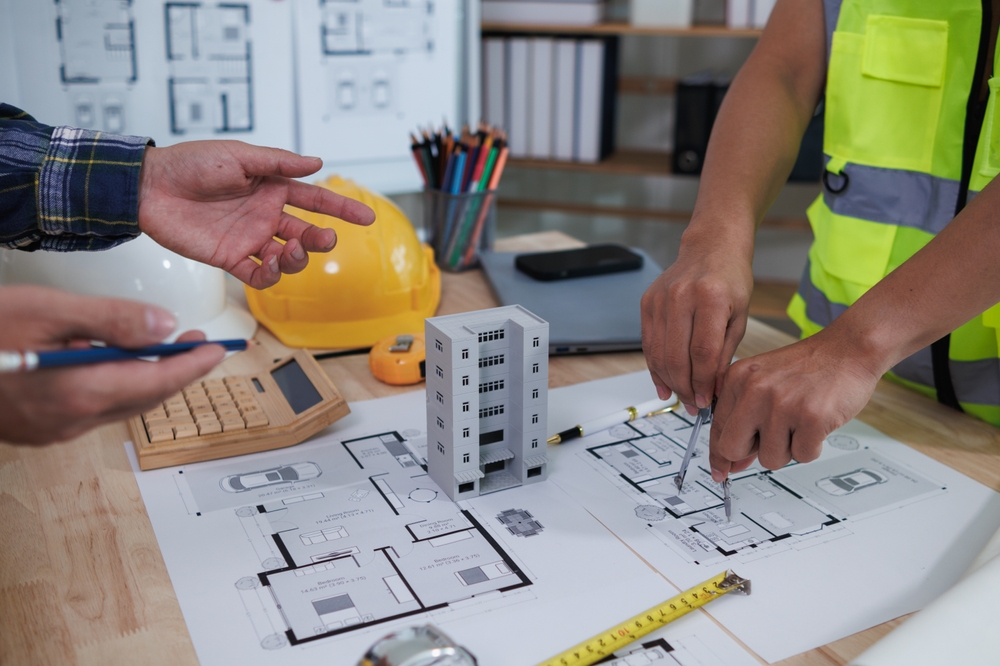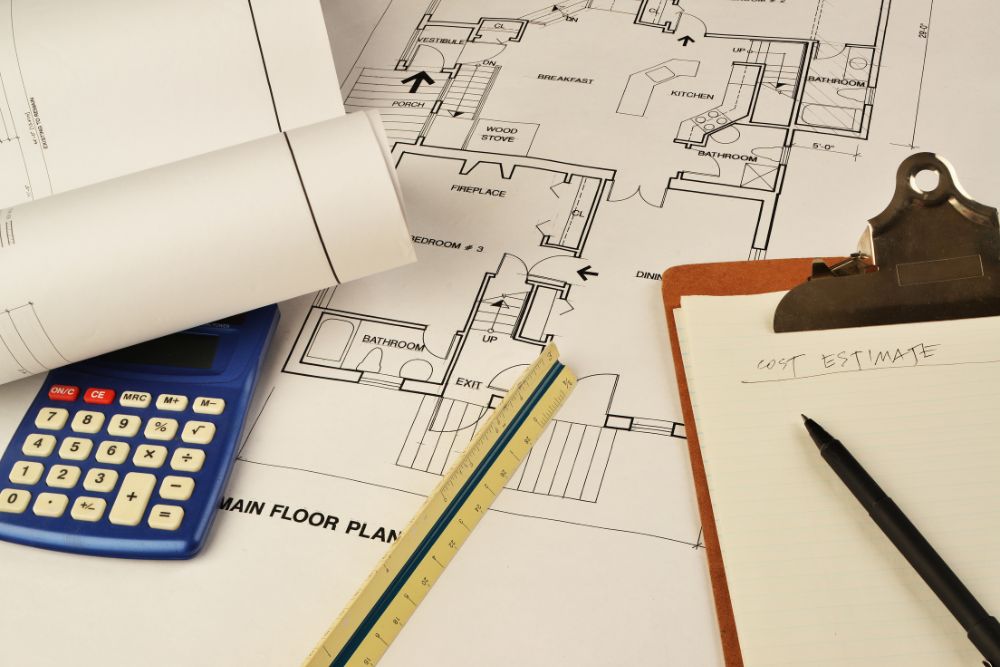Flat and low-slope commercial buildings require strong and long-lasting Built-up roofs to withstand heavy use and harsh weather conditions. However, many people ask, “What is a Built Up Roof?” Essentially, it is a roofing system composed of layers of bitumen and reinforcing fabrics, often finished with gravel or a protective coating.
Built-up roof (BUR) is durable, waterproof, and can support heavy foot traffic and equipment. Additionally, it protects against fire and extreme temperatures, making it an ideal choice for offices, factories, and industrial buildings. In this article, we’ll therefore explore what is a built-up roof, how it works, its components, benefits, and why it remains a top choice today.
What is a Built-Up Roof?
A built-up roof is a long-lasting roofing system often used for flat or slightly sloped commercial roofs. It is made by stacking multiple layers of materials, typically bitumen (a sticky asphalt or tar) and fabric, such as felt or fiberglass. The top layer is finished with gravel or a coating to protect it from the sun and weather.
Each layer adds strength and waterproofing, making the roof thick and durable. Consequently, BUR is ideal for low-slope roofs because it seals tightly and stays waterproof, even in heavy rain, providing a reliable and long-lasting roofing solution.
Components of a Built-Up Roof System
BUR is composed of multiple layers that work together to create a robust, waterproof roof that lasts, even in harsh weather conditions.
Base Sheet
The base sheet is the first layer placed on the roof deck. It acts as a foundation for the other layers. Roofers attach it with adhesive or fasteners. This layer provides a flat surface and extra protection against moisture, helping the rest of the layers adhere properly and function more effectively over time.
Ply Sheets (Felts or Fabrics)
Next are the ply sheets, also called felts or reinforcing fabrics. These give the roof strength and flexibility. They are usually made of fiberglass or organic felt. Roofers soak them in bitumen before laying them down. Most BUR systems have three to five layers. More layers make the roof stronger and better at handling weather or movement without cracking.
Bitumen Layers
Bitumen acts as glue and waterproofing. Roofers heat it and spread it between the ply sheets. This causes the layers to adhere tightly and form a continuous, watertight seal. Bitumen keeps water out and protects the roof from leaks.
Surfacing
The final layer protects the roof from the sun, wind, and physical damage. There are a few types:
- Gravel: The traditional option, spread on hot bitumen. It blocks UV rays, reduces fire risk, and prevents damage.
- Mineral Cap Sheets: Pre-coated sheets that give a clean finish and built-in protection.
- Reflective Coatings: Used in warm climates to reflect sunlight, reduce heat damage, and save on cooling costs.
- Polyester Fabric: Offers extra flexibility and puncture resistance.
Comparison Between BUR and Other Roofing Systems
When selecting a roof, it’s important to understand the differences between various roofing options. Comparing BUR with other types of building materials helps you select the most suitable solution for your building.
Roof Type | How It Compares to BUR |
Metal Roofing | Durable and long-lasting. However, BUR offers better waterproofing with exposed fasteners and a lower upfront cost. |
EPDM | Slightly more expensive and lasts around 30 years. Meanwhile, BUR is more puncture-resistant and energy-efficient. |
Modified Bitumen | Easier to install and flexible. In contrast, BUR provides greater strength and tear resistance. |
TPO | Highly energy-efficient and ideal for hot climates. On the other hand, BUR is more cost-effective and better for high-traffic roofs. |
PVC | Extremely durable and chemical-resistant. Compared to PVC, BUR is more budget-friendly and easier to repair. |
How is a Built-Up Roof Installed?
Installing a built-up roof (BUR) requires skill and careful layering. Each layer must be placed and sealed correctly to create a strong, waterproof roof that lasts for years to come. There are two primary methods:
Hot-Built-Up Roof:
Roofers heat the bitumen until it’s thick and liquid. They pour it between each layer to hold everything together. This method is traditional and highly effective, but it requires specialized tools and safety precautions.
Cold-Built-Up Roof:
This method uses adhesives or bitumen products that work at room temperature. It’s safer and easier in situations where using heat is risky. Both methods produce durable roofs; the choice depends on the building, climate, and contractor preference.
The basic installation steps are similar for both methods:
- Prepare the Roof: Clean the surface thoroughly and ensure it’s dry and smooth.
- Install the Base Sheet: This first layer creates a solid foundation for the rest of the roof.
- Add Ply Sheets: Felt or fiberglass sheets are added layer by layer. Each sheet is coated with bitumen to bond them together. Usually, there are 3–5 layers.
- Apply the Top Layer: The final surfacing can be gravel, a mineral cap sheet, or a reflective coating. This layer protects the roof from the sun, weather, and physical damage, thereby extending its lifespan.
 Built-Up Roof Advantages & Disadvantages
Built-Up Roof Advantages & Disadvantages
Before selecting a roofing system, it’s essential to weigh the pros and cons. Understand the advantages and disadvantages of BUR from the table below:
Advantages of BUR | Disadvantages of BUR |
Cost-effective over the roof’s lifespan | Installation can take a long time and produce strong odors |
Fire-resistant with a gravel or mineral layer | Difficult to locate leaks once installed |
Low maintenance compared to some roofing types | Heavy layers may require extra structural support |
Can last 30+ years if installed properly | Not ideal for occupied buildings due to messy installation |
Excellent waterproofing | Installation errors can lead to early roof failure |
Durable against foot traffic, debris, and weather | Multiple layers increase complexity and risk of mistakes |
Good UV protection | Felt layers can trap moisture, causing premature damage |
Provides noise insulation | Hard to modify or repair once installed |
Energy efficiency with reflective coatings | Limited recyclability at the end of its life |
When Is Built-Up Roofing Best Used?
Built-up roofing (BUR) works best for specific buildings and situations where its strengths are needed:
- Commercial and industrial buildings: Durable and long-lasting, ideal for large structures.
- Low-sloped roofs: Perfect for roofs where water drains slowly.
- High-traffic roofs: Strong enough to handle foot traffic and equipment.
- Fire-resistant needs: Great for buildings that require high fire protection.
- Harsh weather areas: Resists extreme temperatures, rain, or snow.
- Historic buildings: Fits older structures while keeping a traditional look.
- Rooftop gardens: Can support gardens or green spaces.
- Energy efficiency: Works well with reflective coatings in hot climates.
FAQs
What Is The Life Expectancy Of A Built-Up Roof?
A built-up roof (BUR) typically lasts 20 to 30 years. With proper maintenance and regular inspections, it can even last longer. Factors such as weather, roof slope, and the quality of installation affect its lifespan.
What Is Another Name For Built-Up Roofing?
Built-up roofing is also called tar and gravel roofing. Sometimes, people refer to it as BUR. The name comes from how the roof is constructed by layering bitumen and reinforcing materials.
How Many Layers Is A Built-Up Roof?
A built-up roof usually has three to five layers. These include the base sheet, multiple ply sheets, and bitumen between each layer. The top layer is a protective surfacing, such as gravel or coating.
What Is The Wood Under Shingles Called?
The wood under the shingles is called the roof deck. It provides a solid foundation for shingles and other roofing materials. Roof decks are often made of plywood or oriented strand board (OSB).
Why Do Builders Use Planks When Walking On Flat Roofs?
Builders use planks on flat roofs to protect the roof surface. Walking directly can damage the layers, puncture the material, or cause uneven wear. Planks distribute weight evenly, keeping the roof intact and safe.
Conclusion
Knowing what is a built-up roof is key to choosing the right solution for commercial and industrial buildings. BUR systems are strong, waterproof, fire-resistant, and long-lasting, making them ideal for low-slope and high-traffic roofs. With proper installation and maintenance, they provide excellent protection against weather and heavy use.
Make your roofing project smooth and worry-free with Prime Estimation’s expert roofing estimating services.
Contact us today to get accurate cost estimates and professional guidance for a reliable and well-planned roof.


 Built-Up Roof Advantages & Disadvantages
Built-Up Roof Advantages & Disadvantages